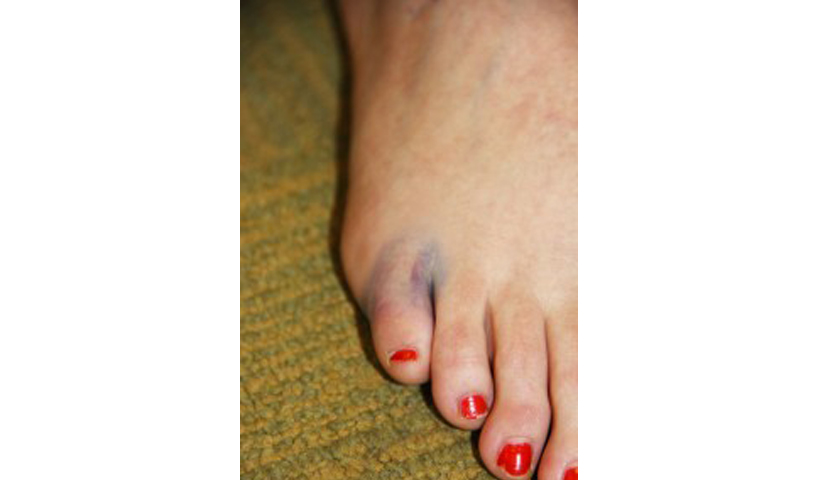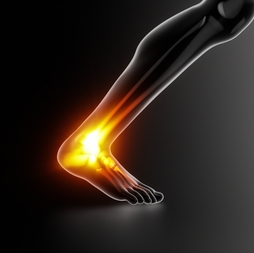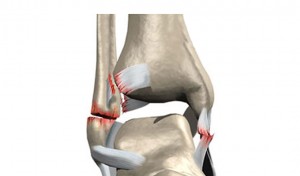In some ways, experiencing joint pain may seem inevitable. The wear and tear of time strains the bones and their connective tissues, grinding them down. The stress can take a real toll on your lower limbs in particular, since they absorb so much force from day to day, leaving you with uncomfortable feet and toes. Some types of joint breakdown are worse than others, however. Rheumatoid arthritis is a painful disease that can severely distort the toes, leading to rheumatoid forefoot deformity.
What Is It?
Rheumatoid arthritis is a systemic autoimmune disease. No one is sure why, but your immune system begins to attack the lining of your joints, damaging and frequently deforming them. The disease doesn’t only affect your joints, though that is the primary symptom. It also affects your connective tissues and can even damage other organs, like the skin, blood vessels, lungs, and eyes. When the condition develops in the forefoot, it can severely distort the toes, causing bunions and claw toes.
In serious cases, the toes may dislocate from their normal positions and allow the natural padding on the ball of the foot to become squished out of place. The damage can make it very difficult to wear shoes or even walk normally. Often calluses and corns develop where the bones rub against footwear or press downward abnormally. If you have diabetes or a vascular disease as well, these spots can easily degenerate into ulcers if not cared for carefully. Many times the disease deforms the toenails as well.
Can Anything Help?
There is no complete cure for this autoimmune disease, but there are ways to treat rheumatoid forefoot deformity that help manage the discomfort and allow you to retain some mobility. Our doctors will first need to determine the extent of your condition. Our team of specialists will thoroughly examine your feet and may request diagnostic images to see the total damage. Then we can help you determine your best option for management.
Conservative treatments revolve around reducing the pressure and discomfort in the forefoot. Most likely you will need significant shoe adjustments and orthotics. Footwear with a wide and deep toe box helps avoid rubbing. Cushioned soles and custom inserts help pad and protect bony areas as well. In some cases, physical therapy may help you maintain joint mobility, but most likely you will still need to modify your activities to accommodate your feet.
Surgical intervention may become necessary to help relieve the pain as your condition progresses. Procedures can include releasing and straightening claw toes, realigning displaced toes, and fusing joints. What is most effective for your feet and lifestyle depends on your unique needs and limitations.
Rheumatoid forefoot deformity is a serious problem that can significantly change your life. The discomfort and distortion that develops severely limits mobility. Though the condition is concerning, it doesn’t have to control your life. Early management can reduce discomfort and help maintain mobility. Don’t wait until surgery is your only option—contact Country Foot Care in Mineola and Williston Park for more information or an appointment to see what we can do to help your lower limbs. Call (516) 741-FEET or use our online contact form to reach us.





